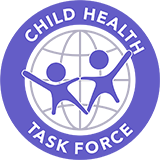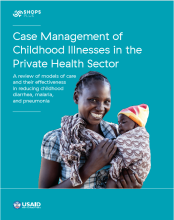GREETINGS from the TASK FORCE SECRETARIAT
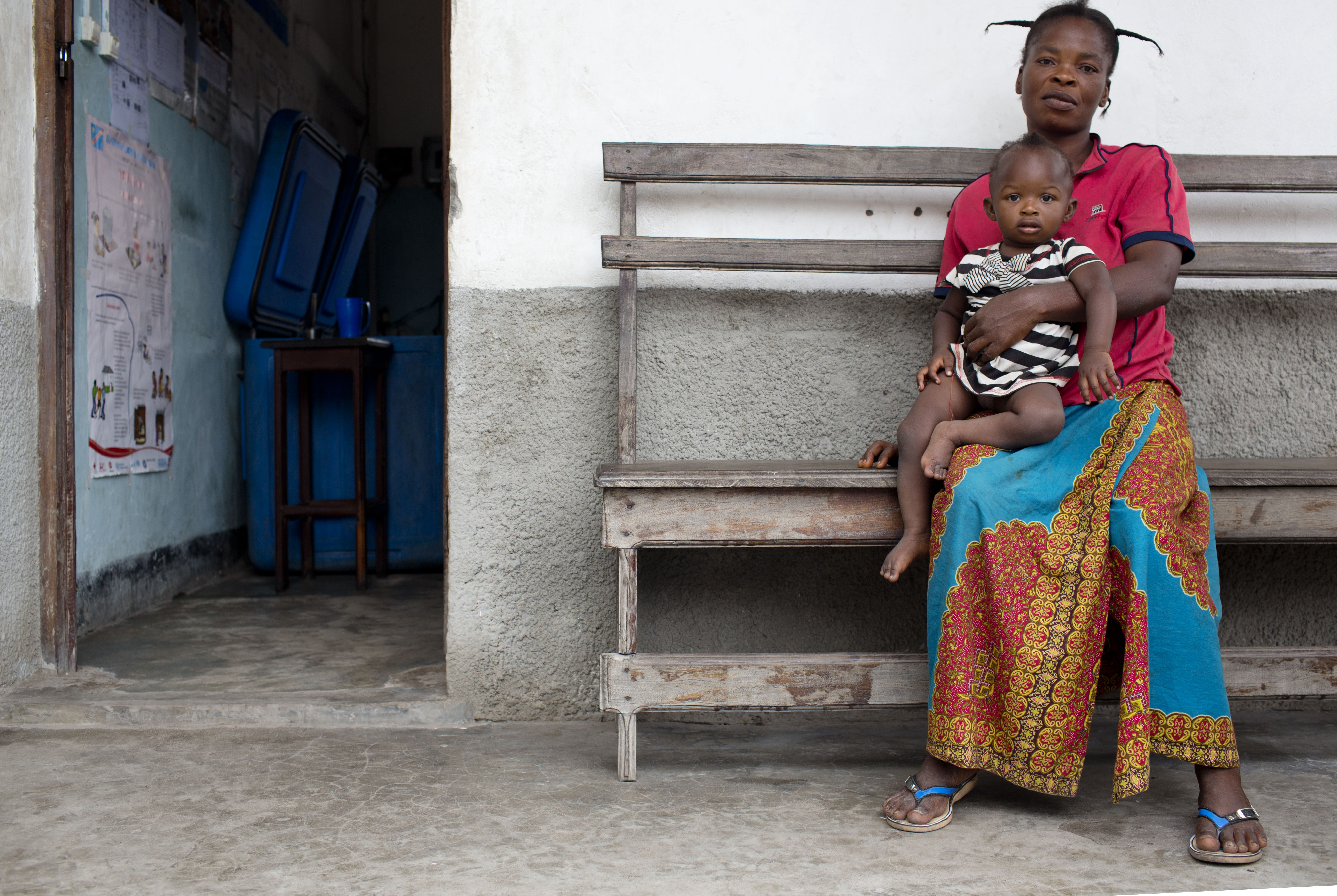
Welcome to our summer newsletter. It's hard to believe that we are already in the second half of 2019! Time is running fast and we want to take advantage of all the opportunities to contribute to achieving the 2030 Vision for all children.
In this issue we highlight key discussions and resolutions from the recent Task Force Steering Committee meeting. We share exciting progress from the Re-imagining Technical Assistance project in the Democratic Republic of Congo and Nigeria and updates on WHO's 2019 Essential Medicines List. We are also delighted to introduce our newest subgroup to the Task Force: Newborn & Child Health Commodities. This quarter's subgroup spotlight focuses on the Private Sector Engagement Subgroup whose members share a new literature review brief, examining the effectiveness of integrated approaches to the management of childhood illness implemented by the private sector.
I am pleased to announce that USAID will continue to support the Task Force Secretariat under its Advancing Nutrition project, led by JSI Research & Training Institute, Inc. As of August 2019, our new address will be: 2733 Crystal Drive, Arlington, VA 22202.
Sincerely,
Dyness Kasungami, Director of the Child Health Task Force
CHILD HEALTH TASK FORCE STEERING COMMITTEE MEETING
On July 10-11, the Task Force Steering Committee (SC) met in Washington DC for two full days of updates and discussions on the shifting directions in child health at the global and country levels. The meeting agenda focused on the following priorities:
-
Review progress against planned activities and priorities
-
Review the global and country landscape for child health to identify opportunities and issues that the Task Force could act on to advance the health and well-being of children
-
Provide direction to the Secretariat on priorities for the remainder of the year and beyond
Meeting Highlights
Child health redesign: WHO continues to engage stakeholders in rethinking child and adolescent health with the goal of: "a 19-year-old person who is optimally healthy having been raised in a safe and secure environment, appropriately prepared physically, mentally, emotionally to contribute socially and economically to their society." This vision entails four strategic shifts in child health programming:
- Expand focus from predominantly under-five child survival to 0-19 years life course programming across health, nutrition, psycho-social, and supportive environments.
- Expand and refocus the survive agenda to target age specific high mortality burden with greater emphasis on quality, high coverage, and equity for vulnerable populations.
- Increase emphasis on the thrive agenda to build children's resilience through nurturing care; early learning; promoting optimal health, growth, and development; and addressing the high morbidity burden along the life course.
- Adopt a multi-sectoral delivery of comprehensive family, child, and adolescent-centered care, services, and actions across all health programs and health-related sectors.
Workplan: The SC adopted a workplan for 2019-2020 that includes areas for Task Force member organizations to collaborate. The work streams will be shared with Task Force members and subgroups for buy-in after activities are defined. Areas include:
- Defining a multi-sectoral approach to child health for survival and well-being under the SDG era.
- Focusing on quality of care (QoC) and the creation of a new QoC subgroup under the Task Force.
- Concentrating on integration to deliver comprehensive care.
- Developing an information sheet on the Global Financing Facility process at country-level, so Task Force members can support in-country child health stakeholders to advocate for inclusion of child health during the development of country investment cases.
- Strengthening engagement of members via webinars and identifying resources for an international Task Force members meeting.
RE-IMAGINING TECHNICAL ASSISTANCE FOR MNCH: NIGERIA WORKSHOP
As we have shared in our previous newsletters, we're supporting the ministries of health in the Democratic Republic of Congo and Nigeria to redesign technical assistance (TA) for an expanded scope of MNCH and health systems strengthening (HSS), using human-centered design (HCD).
On June 24-25th, under the leadership of the Federal Ministry of Health in Nigeria, we organized an Intent Workshop in Abuja, Nigeria. The two-day workshop aimed to build a shared understanding of what it means to re-imagine TA and identify opportunities for change within the MNCH/HSS landscape. A diverse group of 37 individuals, representing the government, donor agencies, and implementing organizations participated in the interactive session.
On the first day, the group explored how TA is defined and what models of TA look like today. On the second day, the group identified, defined, and prioritized current key challenges in the provision of TA in Nigeria. The participants subsequently categorized these challenges into three opportunity spaces: addressing human resources for health; ownership, accountability, and sustainability; and better use of data for priority setting and decision-making.
This is the first of four co-design workshops. The conversations and activities from this iteration will inform the next steps in the process-framing of the three priority areas, which will be the focus of the design sprint phase.
Read more about the project here.
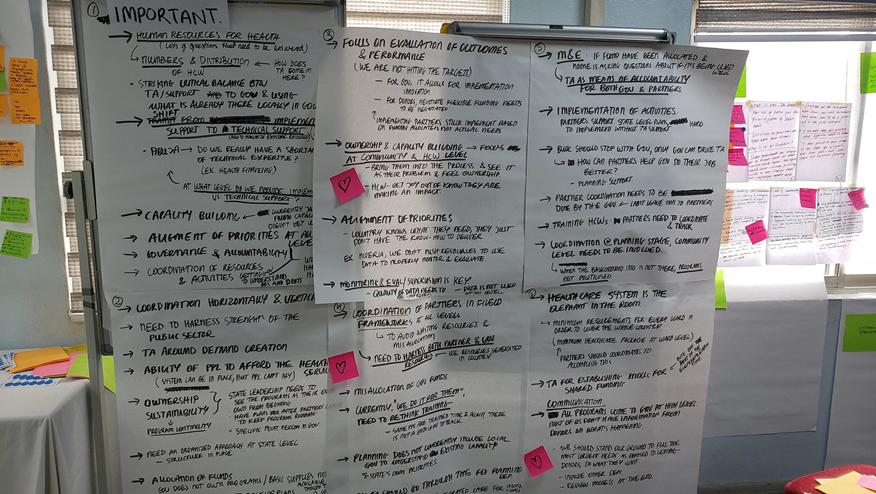
WHO UPDATES MODEL LIST OF ESSENTIAL MEDICINES
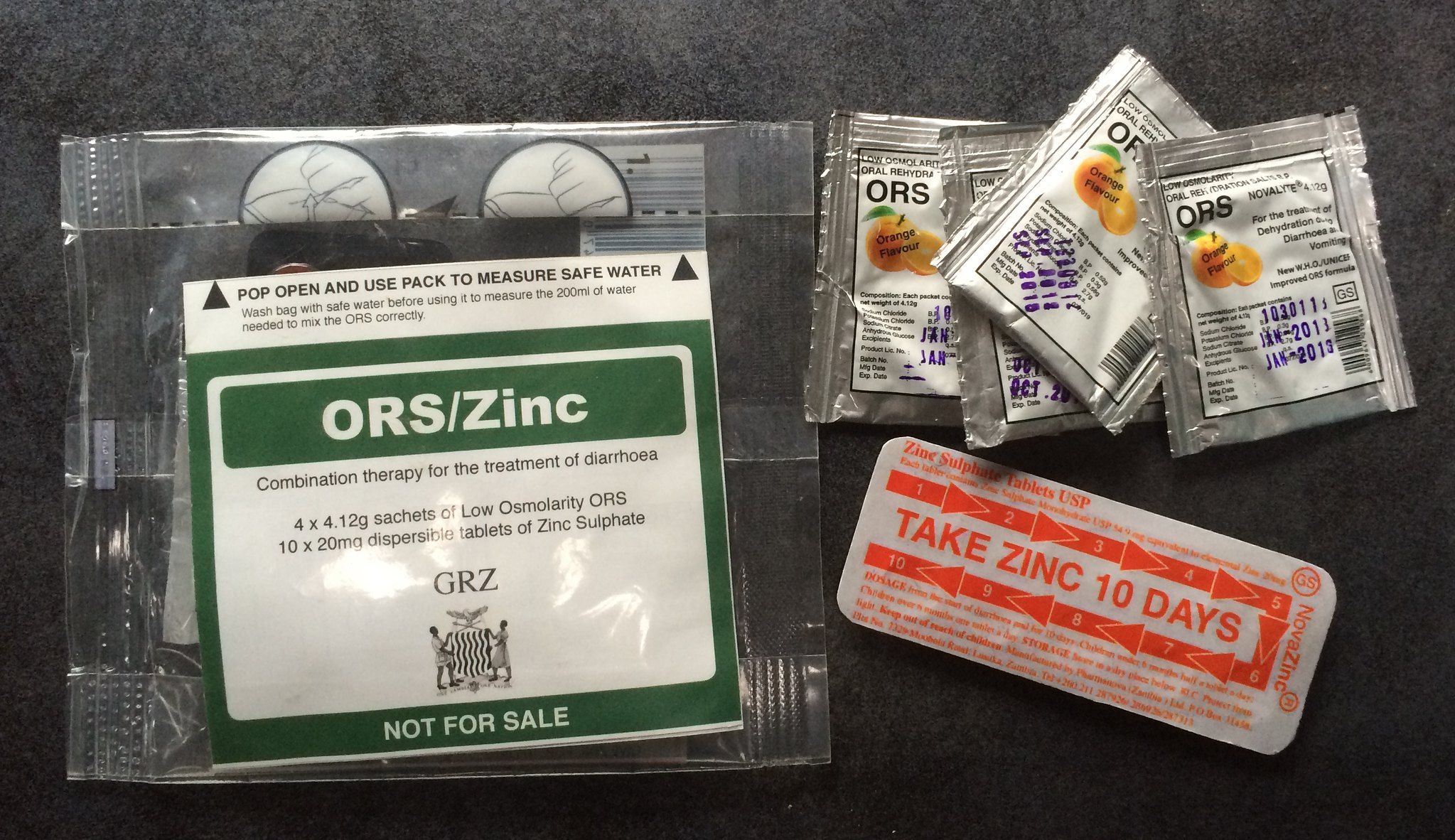
In July, the World Health Organization (WHO) released its updated Model List of Essential Medicines and Model List of Essential Medicines for Children, core guidance documents intended to help countries prioritize health products. Advocates and practitioners in child health applauded one of the new listings in particular, co-packaged oral re-hydration salts (ORS) and zinc sulfate, a long-standing recommendation for pediatric diarrhea management used by frontline workers in the field. WHO's recent inclusion to the list reinforces the life-saving benefits of the combined therapies for children and will help to bring more awareness to the practice. The guidance will encourage countries to prioritize procurement of the product, subsequently increasing availability and use throughout the health system, which eventually will save more children's lives.
In addition to the Essential Medicines List, WHO also updated it guidance on Essential Diagnostic Tests. The documents and press release that outline the major changes can be found on its website.
CHILD HEALTH TASK FORCE MEMBERSHIP MEETING
On May 16th, the Task Force held its first general membership teleconference. During the meeting, the Secretariat shared new Task Force resources and updates on the Re-Imagining TA project. Co-chairs of the Digital Health Subgroup, Jeanne Koepsell (Save the Children) and Steve Ollis (JSI), presented a brief overview, highlights, and reflections on the new WHO Guidelines for Digital Health Interventions for Health Systems Strengthening. The meeting concluded with an all-member discussion on perceived knowledge management gaps in child health and ideas of how the Task Force could bridge them. A proposed solution that the Task Force will start to implement is circulating a curated title list of published articles on child health to its members.
The full meeting minutes can be found on the Task Force website.
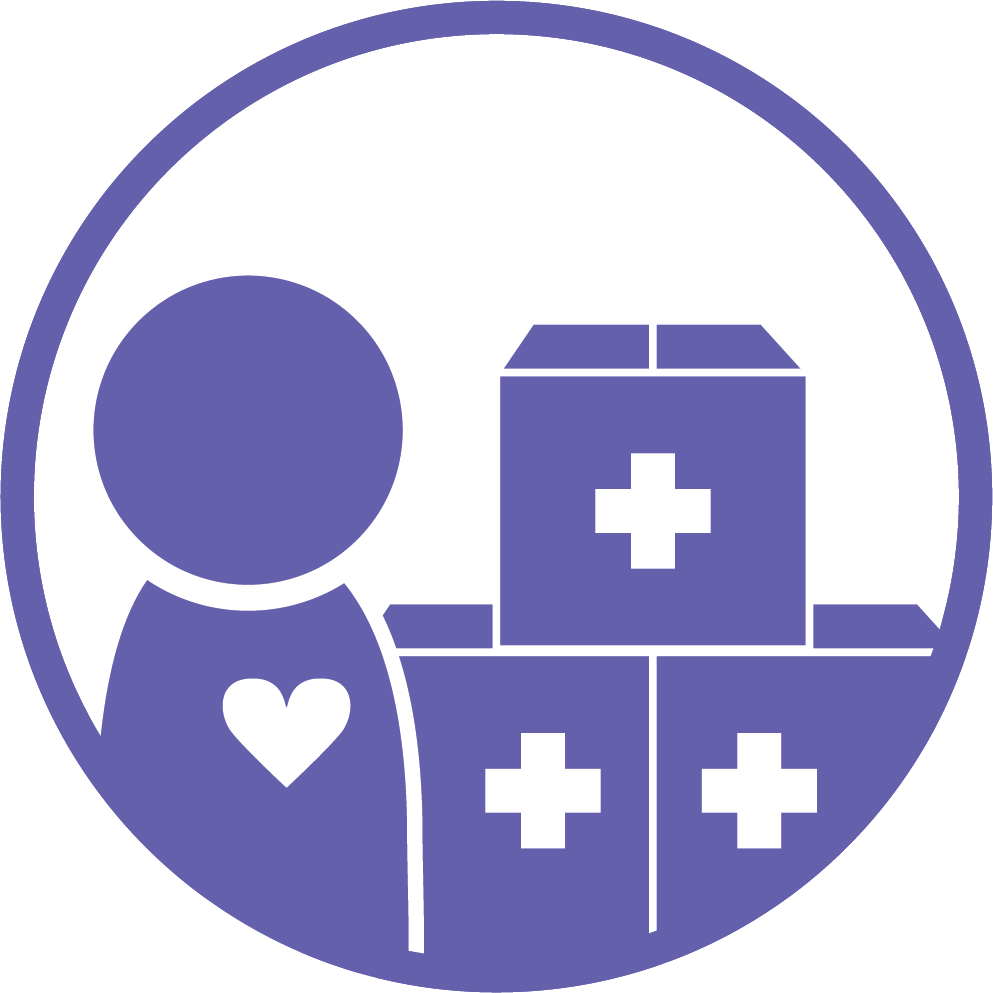
NEW SUBGROUP LAUNCHED
The Task Force recently launched its 10th subgroup, the Newborn and Child Health Commodities Subgroup. The overarching objective of this subgroup is to improve availability, accessibility, affordability, and safe use of quality child and newborn commodities that are required to support high impact health interventions. While the work of the subgroup intends to be comprehensive and reflect the 'survive, thrive and transform' agenda, its initial focus will be on commodities for the 'survive' aspect and for children from 0-5 years.
The Commodities Subgroup is open to any organization that provides TA to countries that focus on improving pharmaceutical systems and associated supply chains for essential newborn and child health commodities. Please contact childhealthtaskforce@jsi.com for more information or to participate.
SUBGROUP SPOTLIGHT: PRIVATE SECTOR ENGAGEMENT SUBGROUP
A new SHOPS Plus brief addresses a gap in the availability of summarized evidence on private sector models that accelerate the reduction of child mortality.
Sustaining Health Outcomes through the Private Sector (SHOPS) Plus recently published Case Management of Childhood Illnesses in the Private Health Sector, a brief that summarizes evidence of the private sector's experience and role in the management of childhood illness, including malaria, diarrhea, and pneumonia as well as integrated approaches to address several diseases. SHOPS Plus is USAID's flagship initiative in private sector health that seeks to harness the potential of the private sector and catalyze public-private engagement to improve health outcomes in family planning, HIV/AIDS, maternal and child health, and other health areas.
"Even though significant investments have been made to improve child health globally, there is still a lack of summarized evidence...In particular, there appeared to be a dearth of information about the private health sector's role in delivering quality child health services," explains Anna Wadsworth, country program manager for SHOPS Plus, brief co-author, and member of the Task Force's Private Sector Engagement Subgroup. "We aimed to explore what evidence was available."
Highlights of Findings
- Several studies and projects confirmed that the private health sector, particularly at the community level, is often the first place caregivers go when children start to exhibit malaria symptoms, situating private medical vendors and other community-based drug dispensing outlets a critical source of care for children. The review found that access to malaria rapid diagnostic tests in the private sector can improve case management of fever.
- For diarrhea case management, the review found that there is a risk that private providers who received training on the efficacy and appropriateness of oral re-hydration solution and zinc do not always demonstrate improved prescribing behavior. Thus, future programs should emphasize both training of providers as well as measures to highlight the dangers of prescribing incorrect or unnecessary treatments for childhood diarrhea.
- Importantly, the review found that expanded provider knowledge across disease areas, including diarrhea, malaria, and pneumonia, can improve private providers diagnostic abilities, reduce unnecessary use of antimalarials, and improve case management and referral. As malnutrition often increases the intensity and frequency of childhood illnesses, it is critical that integrated child health service models are mindful of nutritional status, particularly undernutrition and stunting.
- In addition to specific health area recommendations, one substantial conclusion was the need for additional research, specifically in measuring impact and long-term sustainability of programs over time. "Few of the interventions we reviewed looked at the implementation experience and its impacts beyond two to three years," explains James White, lead author and clinical advisor for SHOPS Plus. "There is a noticeable lack of information about the sustainability and success of interventions once the initial implementation period is over and donor funding is no longer being received. There is a great need to design longer-term evaluations of these interventions as they are brought to scale and replicated in other settings."

NEWS FROM THE NETWORK
- Article: Who are the real community health workers in Tshopo Province, Democratic Republic of the Congo?
- Brief: Using data to design an evidence-based social and behavior change program in rural Nepal
- Article Collection: Rapid Access Expansion (RAcE) of integrated Community Case Management of malaria, pneumonia and diarrhoea
- Article: An Evaluation of Healthcare Use and Child Morbidity 4 Years After User Fee Removal in Rural Burkina Faso
- Article: The cost of improving nutritional outcomes through food-assisted maternal and child health and nutrition programs in Burundi and Guatemala
If you have announcements, resources, or other information to share, please email: childhealthtaskforce@jsi.com to be included in the next newsletter.

UPCOMING EVENTS
-
October 14-16, 2019 in Nairobi, Kenya | CORE Group Global Health Practitioner Conference: Leverage, Link, and Learn for Community Health
CORE Group's first regional conference on community health will focus on: enabling stakeholders to share progress and identify solutions to persistent community health challenges, strengthening the role of community health workers in line with the Sustainable Development Goals and Universal Health Coverage, and informing global, national and local policies and plans through evidence, success, and adaptive learning. -
November 4-5, 2019 in Porto, Portugal | 2nd International Maternal and Child Health Conference
Cenetri Publishing Group, an open access journal publisher, hosts its second gathering that is open to participants across sectors. The conference will include the opportunity to participate in scientific discussions and contribute to the future revolutions in the field, organized around the theme of "Most recent Interlinking Pathways on Mother and Child Health." - December 9-11, 2019 in Bethesda, MD, USA | Global Digital Health Forum
With the theme of "Celebrating Innovation and Supporting Proven Practices at Scale," the Global Digital Health Network's annual forum seeks to balance the need for evidence-based scaling of proven systems with the urgent need to determine how emerging technologies and approaches can dramatically improve health outcomes.
